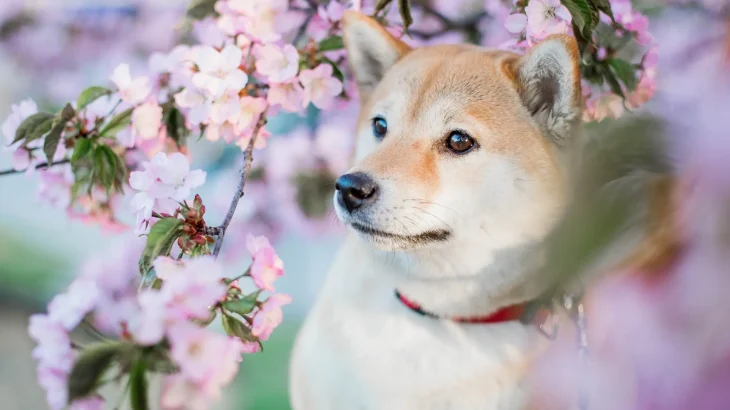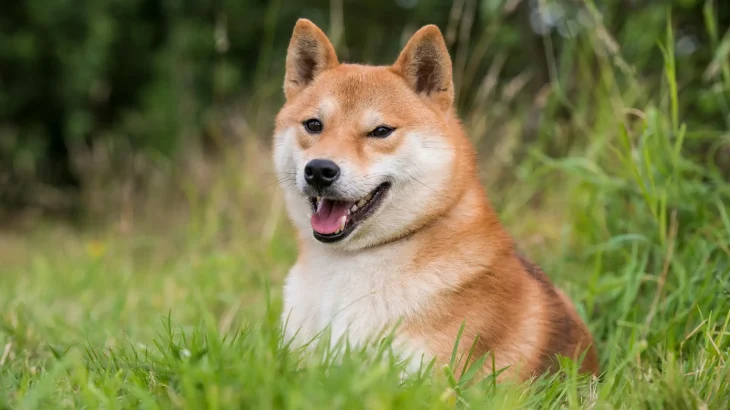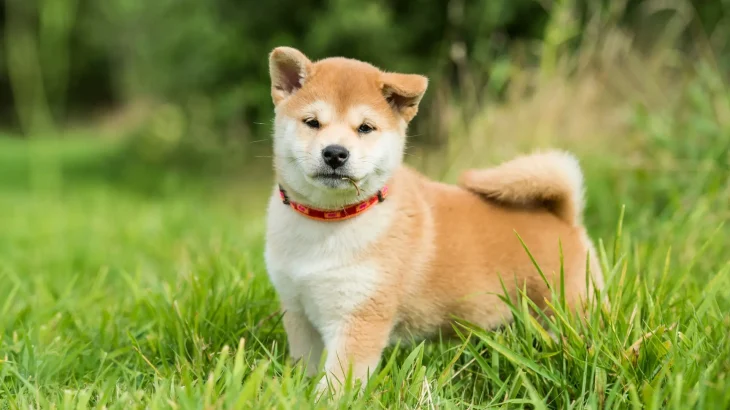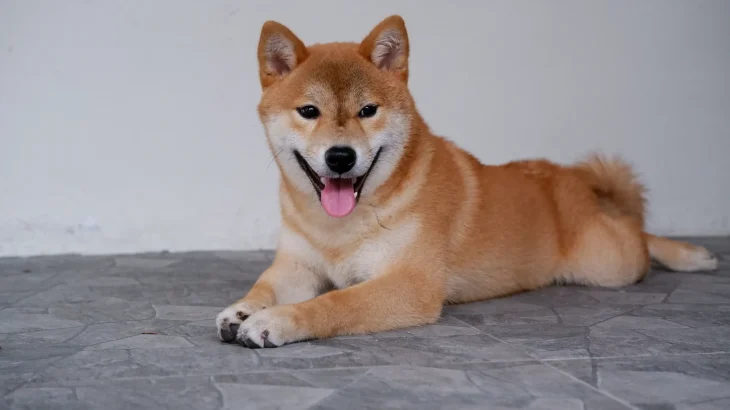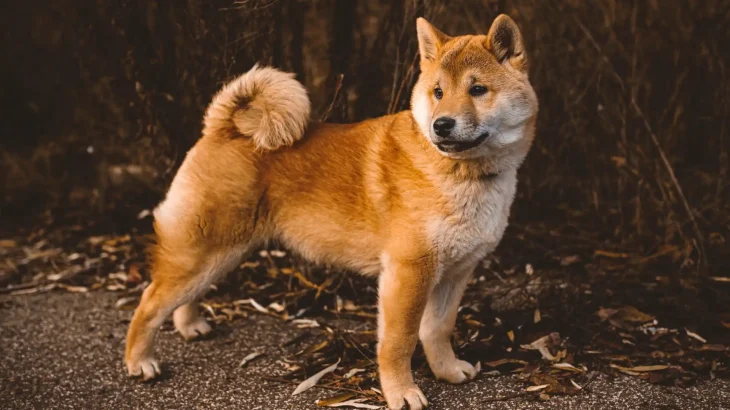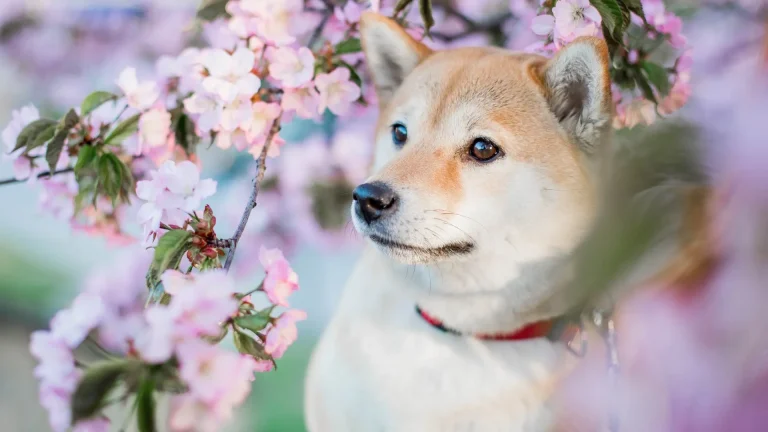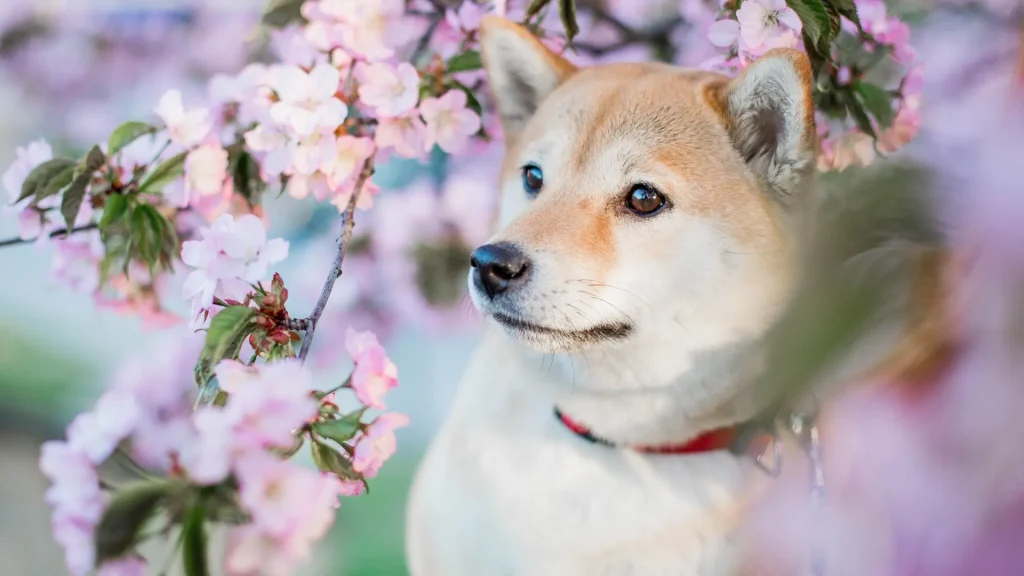Choosing between adopting or purchasing a Shiba Inu puppy comes down to different priorities such as health transparency, ethical considerations, and cost. While buying from a breeder often offers clear information on health and pedigree, adoption provides a chance to give a loving home to a dog who needs one, sometimes with fewer age options.
Adoption vs. Breeder: Pros & Cons
| Criteria | Buying from Breeder | Adopting from Shelter/Rescue |
|---|---|---|
| Cost | Generally higher, often $1,500 to $3,000 due to pedigree and breeding costs. | Usually lower fees, around $100 to $500, often including initial vet care. |
| Health History | Comprehensive health screening and genetic background provided, reducing inherited issue risks. | Health history may be limited; many rescues provide basic vet checks and care. |
| Age Availability | Puppies typically available, allowing owners to raise from young age. | Dogs of all ages available, including adults for those preferring not to raise a puppy. |
| Temperament Insight | Breeders often provide lineage temperament and socialization info. | Shelters may have behavioral assessments but not lineage details. |
| Supporting Practices | Supports responsible breeding if chosen carefully; avoid puppy mills. | Supports animal welfare groups and reduces pet overpopulation. |
| Ethical Considerations | Depends on breeder's practices; reputable breeders prioritize puppy well-being. | Adoption promotes homes for dogs in need and discourages unethical breeding. |

